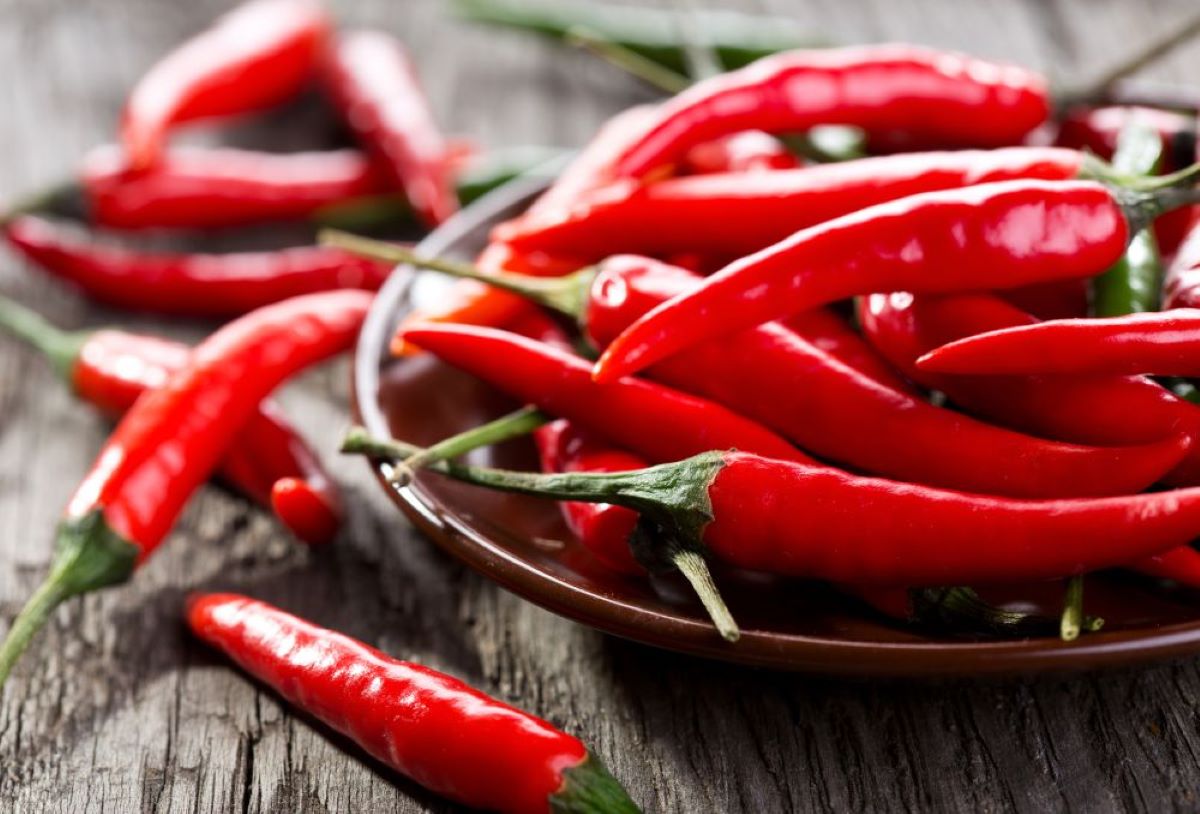

Articles
How To Store Hot Peppers Long Term
Modified: December 7, 2023
Learn the best methods for storing hot peppers long term in this informative article. Discover tips and techniques to keep your peppers fresh and flavorful.
(Many of the links in this article redirect to a specific reviewed product. Your purchase of these products through affiliate links helps to generate commission for Storables.com, at no extra cost. Learn more)
Introduction
Hot peppers are a staple ingredient in many cuisines around the world. Whether you love the fiery kick of jalapenos or the intense heat of habaneros, it’s no secret that hot peppers can add an extra level of flavor and spice to any dish. If you grow your own hot peppers or have a surplus from a recent shopping trip, you may be wondering how to store them long term. Proper storage is essential to preserve the flavor and quality of your hot peppers, ensuring that they stay fresh for months to come.
When it comes to storing hot peppers, there are several methods you can choose from. Each method has its own advantages and considerations, depending on your preferences and the available resources. In this article, we will explore different techniques for storing hot peppers long term, including freezing, drying, canning, and storing in oil, vinegar, or salt.
Before we dive into the different storage methods, it’s important to note that the freshness and quality of your hot peppers before storage will play a significant role in how well they keep. Therefore, choosing the right hot peppers and harvesting them at the optimal time are crucial steps in the process.
Key Takeaways:
- Preserve the fiery flavors of hot peppers year-round by freezing, drying, canning, or storing them in oil, vinegar, or salt. Choose the right peppers, harvest at the optimal time, and follow proper preparation techniques for successful long-term storage.
- Experiment with different preservation methods to create versatile and flavorful hot pepper ingredients. Enjoy the intense heat and vibrant flavors of hot peppers in various dishes throughout the year, adding a fiery kick to your culinary creations.
Read more: How To Store Bell Peppers Long Term
Choosing the Right Hot Peppers
When it comes to choosing hot peppers for storage, there are a few factors to consider. Firstly, you should select peppers that are in their prime and free from any signs of rot or damage. This ensures that you are starting with the freshest and highest-quality peppers possible.
Another important consideration is the heat level of the peppers. Hot peppers can vary greatly in their spiciness, from mild to extremely hot. If you prefer a milder flavor, opt for peppers such as banana peppers or poblanos. For a medium level of heat, jalapenos or serranos are good choices. And if you’re looking for a fiery kick, habaneros or ghost peppers are the way to go.
In addition to heat level, consider the intended use of the hot peppers. Some peppers are better suited for fresh consumption, while others are ideal for drying or canning. For example, cayenne peppers are often dried and ground into a spicy powder, while bell peppers are commonly used fresh or in cooked dishes.
Lastly, take into account the quantity of hot peppers you plan to store. If you have a large harvest, you may want to choose a variety that can be preserved in larger quantities, such as jalapenos or serranos. On the other hand, if you have a small number of peppers, you can opt for specialty varieties that offer unique flavors or colors for added culinary appeal.
By considering factors such as freshness, heat level, intended use, and quantity, you can choose the right hot peppers for storage that will meet your needs and preferences.
Harvesting Hot Peppers
Harvesting hot peppers at the right time is essential for optimal flavor and storage. Here are a few guidelines to follow when picking your peppers:
- Pay attention to the pepper’s size and color. Each pepper variety has its own maturity stage, so it’s important to familiarize yourself with the specific characteristics of the peppers you are growing. As a general rule, most hot peppers are ready to be harvested when they reach their full size and have vibrant colors.
- Use scissors or pruning shears to cut the peppers from the plant. Avoid pulling or twisting them, as this can damage the plant and reduce its productivity.
- Wear gloves when handling hot peppers, especially the spicier varieties. The capsaicin in the peppers can cause irritation to the skin and eyes, so it’s important to protect yourself.
Once you have harvested your hot peppers, it’s time to prepare them for storage. Proper preparation will help extend their shelf life and maintain their quality.
NOTE: If you don’t grow your own hot peppers and instead purchase them, make sure to choose peppers that are firm and free from blemishes.
Preparing Hot Peppers for Storage
Before storing your hot peppers, it is important to properly prepare them to ensure their longevity. Follow these steps to prepare your peppers for storage:
- Wash the peppers: Start by rinsing the peppers under cool running water to remove any dirt or debris that may be present on the surface. Gently scrub them with your hands to ensure a thorough clean.
- Dry the peppers: After washing, pat the peppers dry with a clean kitchen towel or paper towels. Excess moisture can lead to the growth of mold or bacteria, so it is crucial to remove as much moisture as possible before storage.
- Remove stems and seeds: Depending on your preference, you can choose to keep the stems and seeds intact or remove them. To remove the stems, simply cut them off using a sharp knife. To remove the seeds, cut the pepper in half lengthwise and scoop out the seeds and the white pith.
- Slice or chop the peppers (optional): If you plan to use your hot peppers in recipes that call for sliced or chopped peppers, you can do so at this stage. Slice or chop the peppers into your desired size and shape, ensuring uniformity for even cooking or serving.
- Blanch the peppers (optional): Blanching involves briefly immersing the peppers in boiling water, followed by immediately submerging them in ice water. This process helps preserve the texture and color of the peppers. Blanching is particularly useful for freezing hot peppers.
Once you have completed these steps, your hot peppers are now ready to be stored using various methods depending on your preference and the available resources.
Freezing Hot Peppers
Freezing hot peppers is one of the easiest and most popular methods for long-term storage. Here’s how you can freeze hot peppers:
- Whole Peppers: If you want to freeze the peppers whole, start by ensuring they are clean and dry. Place the peppers in a single layer on a baking sheet lined with parchment paper. Freeze them until they are firm, about 2-3 hours. Once frozen, transfer the peppers to airtight freezer bags or containers. Label them with the date and store in the freezer for up to 12 months.
- Sliced or Chopped Peppers: If you prefer to freeze sliced or chopped peppers, repeat the cleaning and drying process as mentioned before. Slice or chop the peppers into your desired size and shape, and then transfer them to freezer-safe bags or containers. Flatten the bags or divide the peppers into portion sizes for easy retrieval. Seal the bags tightly and label them before placing them in the freezer. Sliced or chopped hot peppers can be stored in the freezer for up to 6 months.
- Blanched Peppers: If you blanched the peppers before freezing, ensure they are completely dry after removing them from the ice water bath. Place them on a baking sheet and freeze them until they are firm. Transfer the blanched peppers to airtight freezer bags or containers, and label them with the date. Blanched hot peppers can be stored in the freezer for up to 12 months.
When using frozen hot peppers in recipes, there’s no need to thaw them beforehand. Simply remove the desired amount from the freezer and use them directly in your dishes. Freezing hot peppers is a convenient way to preserve their flavor and heat, allowing you to enjoy the taste of summer all year round.
Read more: How To Store Black Pepper Long Term
Drying Hot Peppers
Drying hot peppers is another effective method for preserving and intensifying their flavors. Here’s how you can dry hot peppers:
- Air Drying: One of the easiest ways to dry hot peppers is by air-drying them. Start by stringing the peppers together with a needle and thread, leaving enough space between each pepper for air circulation. Hang the string in a well-ventilated area, away from direct sunlight and moisture. Allow the peppers to dry for several weeks, or until they become brittle and paper-like to the touch. Once fully dried, you can remove the peppers from the string and store them in airtight containers, such as glass jars or resealable bags, in a cool, dark place.
- Oven Drying: If you prefer a quicker method, you can use your oven to dry hot peppers. Preheat your oven to the lowest temperature setting, typically around 150°F (65°C). Line a baking sheet with parchment paper and arrange the peppers in a single layer. Place the baking sheet in the oven and prop the oven door open slightly to allow moisture to escape. Check on the peppers regularly and rotate the baking sheet if necessary. It may take several hours for the peppers to fully dry. Once dried, remove the peppers from the oven and let them cool. Store them in airtight containers.
- Dehydrator: If you have a food dehydrator, you can use it to dry hot peppers. Follow the manufacturer’s instructions for setting the temperature and drying time. Generally, hot peppers should be dried at a low temperature, around 135°F (57°C), for several hours or until they are completely dry and crisp. Once dried, allow the peppers to cool before storing them in airtight containers.
Dried hot peppers can be ground into a powder using a spice grinder or mortar and pestle. Alternatively, you can keep them whole and use them to add a burst of heat to soups, stews, sauces, and marinades. Remember to wear gloves when handling dried hot peppers, as their intensity can still cause irritation to the skin and eyes.
By drying hot peppers, you can extend their shelf life while intensifying their flavors, making them a perfect addition to your spice collection.
To store hot peppers long term, you can freeze them whole or chopped in an airtight container. Alternatively, you can pickle them in vinegar and store them in the refrigerator for several months.
Canning Hot Peppers
Canning hot peppers is a fantastic way to preserve them while retaining their flavor and texture. Here’s a step-by-step guide on how to can hot peppers:
- Start by gathering the necessary equipment, including canning jars, lids, bands, a canning pot, a jar lifter, and a canning funnel. You will also need vinegar, water, and salt.
- Wash the canning jars, lids, and bands in hot soapy water and rinse them well. Place the jars in a canning pot filled with water and bring it to a simmer. In a separate pot, simmer the lids to soften the rubber seal.
- Meanwhile, prepare the hot peppers by washing them thoroughly and removing the stems and seeds. You can leave the peppers whole, slice them, or chop them, depending on your preference. Keep in mind that the size of the peppers will affect the processing time.
- Next, combine vinegar, water, and salt in a pot and bring it to a boil. The recommended ratio is usually 3 parts vinegar to 1 part water, with salt added according to taste.
- Once the jars have been simmered, carefully remove them from the canning pot using a jar lifter. Place the peppers into the jars, leaving a 1-inch headspace at the top.
- Slowly pour the hot vinegar mixture into the jars, covering the peppers and leaving that 1-inch headspace. Remove any air bubbles by gently tapping the jars or using a plastic utensil.
- Wipe the jar rims clean, ensuring they are free from any residue. Place the lids on the jars and screw the bands on until they are finger-tight.
- Return the jars to the canning pot, making sure they are fully submerged in water. Process them in a boiling water bath, following the recommended processing time for your altitude and the size of the jars. Processing times typically range from 10 to 20 minutes.
- After the processing time is complete, remove the jars from the canning pot and allow them to cool on a clean towel or cooling rack.
- Check the seals of the lids by pressing on the center of each lid. If it doesn’t move or make a popping sound, the jar is properly sealed. Any unsealed jars should be refrigerated and consumed within a few weeks.
- Label the jars with the contents and date before storing them in a cool, dark place. Canned hot peppers can typically be stored for up to a year.
Canned hot peppers make a versatile ingredient for adding some heat to your dishes throughout the year. From sandwiches and salads to soups and salsas, the possibilities are endless!
Storing Hot Peppers in Oil
Storing hot peppers in oil is a popular method that not only preserves their flavor but also infuses the oil with a delightful spiciness. Here’s how you can store hot peppers in oil:
- Start by washing the hot peppers and allowing them to dry completely. Removing any excess moisture is crucial to prevent the growth of bacteria in the oil.
- Next, prepare the hot peppers by removing the stems and seeds. You can choose to keep the peppers whole or slice them into smaller pieces, depending on your preference.
- Place the hot peppers in a clean and sterilized jar. Ensure that the jar has an airtight seal to prevent any air or moisture from entering.
- In a separate pot, heat the desired oil over medium-low heat until it reaches a temperature of around 180°F (82°C). Choose an oil with a high smoke point, such as olive oil, vegetable oil, or sunflower oil.
- Once the oil has reached the correct temperature, carefully pour it over the hot peppers in the jar, completely submerging them. Ensure that the peppers are fully covered with oil, as any exposure to air can cause spoilage.
- Allow the jar to cool to room temperature, then place it in the refrigerator. Storing hot peppers in the refrigerator helps to further preserve their freshness and prevent the growth of bacteria.
- Let the hot peppers marinate in the oil for at least a week, but preferably longer, to allow the flavors to develop and intensify. The longer they sit, the spicier and more flavorful they become.
- When using the hot peppers in oil, simply remove the desired amount from the jar using clean utensils. Be sure to always use clean and dry utensils to avoid introducing any moisture into the jar.
- After each use, ensure that the remaining hot peppers are fully submerged in the oil. This helps to prevent spoilage and maintain their quality.
- Stored properly in the refrigerator, hot peppers in oil can last for several months. If you notice any signs of spoilage, such as off odors or mold growth, discard the contents immediately.
Storing hot peppers in oil not only extends their shelf life but also creates a versatile ingredient that can add a spicy kick to pasta, salads, grilled meats, and more. Enjoy experimenting with different pepper varieties and oils to create your own spicy concoctions!
Storing Hot Peppers in Vinegar
Storing hot peppers in vinegar is a simple and effective way to preserve their flavor and add tanginess to your dishes. Here’s how you can store hot peppers in vinegar:
- Start by washing the hot peppers thoroughly and allowing them to dry completely. Removing any excess moisture is important to prevent dilution of the vinegar and maintain the quality of the peppers.
- Prepare the hot peppers by removing the stems and seeds. You can choose to keep the peppers whole or slice them into smaller pieces, depending on your preference.
- Place the hot peppers in a clean and sterilized jar. Choose a jar with an airtight seal to prevent any air or moisture from entering.
- In a separate pot, heat the desired vinegar over medium heat until it just begins to simmer. You can use distilled white vinegar, cider vinegar, or any other vinegar of your choice.
- Carefully pour the hot vinegar over the hot peppers in the jar, ensuring that the peppers are fully submerged and covered. Press down gently to remove any air bubbles.
- Allow the jar to cool to room temperature. Once cooled, seal the jar tightly with the lid.
- Store the jar in a cool, dark place such as a pantry or cupboard. The hot peppers in vinegar will continue to marinate and develop flavor over time.
- After a week, the hot peppers will be ready to use. The longer they sit, the more the peppers will infuse the vinegar with their heat. You can start using the peppers and their flavored vinegar as a condiment or ingredient in various recipes.
- When using the hot peppers in vinegar, simply remove the desired amount with clean utensils. Be sure to always use clean and dry utensils to avoid introducing any moisture or contaminants into the jar.
- The hot peppers in vinegar can be stored for several months, as the acidity of the vinegar helps to preserve them. However, it is a good practice to periodically check for any signs of spoilage, such as off odors or mold growth. If you notice any signs of spoilage, discard the contents immediately.
Storing hot peppers in vinegar not only prolongs their shelf life but also creates a zesty ingredient that can be used to add flavor and kick to sauces, dressings, marinades, and more. Enjoy the tangy, spicy goodness that hot peppers in vinegar bring to your culinary creations!
Read more: How To Store Green Peppers Long Term
Storing Hot Peppers in Salt
Storing hot peppers in salt is an ancient preservation method that not only helps extend their shelf life but also infuses them with a unique flavor. Here’s how you can store hot peppers in salt:
- Start by washing the hot peppers thoroughly and pat them dry with a clean kitchen towel.
- Prepare the hot peppers by removing the stems and seeds. You can choose to keep the peppers whole or slice them into smaller pieces.
- In a sterilized jar, layer a small amount of coarse sea salt or kosher salt at the bottom. Place a layer of hot peppers on top of the salt.
- Continue alternating layers of salt and hot peppers until the jar is full, making sure the peppers are completely covered with salt.
- Seal the jar tightly and store it in a cool, dark place like a pantry or cupboard.
- Over time, the salt will draw moisture out of the peppers, creating a brine that helps preserve them. The peppers will gradually release their juices, creating a flavorful seasoning.
- You can start using the salted hot peppers after a few weeks, but allowing them to sit for longer will intensify their flavor.
- When using the hot peppers, remove the desired amount from the jar and rinse off the excess salt under running water. Be cautious of the spiciness and adjust the amount according to your preference.
- The salted hot peppers can be stored for several months or even up to a year. The salt acts as a natural preservative, preventing the growth of bacteria.
- Regularly check the jar for any signs of spoilage, such as mold growth or unpleasant odors. If you notice any indicators of spoilage, discard the contents immediately.
Storing hot peppers in salt not only enhances their longevity but also creates a flavorful seasoning that can be used to add a fiery kick to a variety of dishes, such as stews, soups, stir-fries, and marinades. Experiment with different hot pepper varieties and enjoy the intense flavors they bring to your culinary creations!
Conclusion
Preserving hot peppers for long-term storage is a fantastic way to enjoy their fiery flavors throughout the year. Whether you choose to freeze, dry, can, or store hot peppers in oil, vinegar, or salt, each method offers its own unique benefits and taste profiles.
When storing hot peppers, it’s crucial to start with fresh, high-quality peppers and prepare them properly to ensure their longevity. Harvesting peppers at the right time and choosing the appropriate heat level and variety are key considerations for successful storage.
Freezing hot peppers allows you to maintain their heat and flavor, making them incredibly versatile in various dishes. Drying peppers intensifies their flavors and creates delightful spice powders or whole peppers for added depth in your culinary creations.
Can hot peppers and store them in oil or vinegar to create flavorful condiments or infuse oils for cooking. These methods not only preserve the peppers but also add tanginess and spiciness to your recipes.
Storing hot peppers in salt creates a unique flavor profile while extending their shelf life. The salt draws out moisture from the peppers, resulting in a delectable brine that can be used as a seasoning.
Remember to always follow proper storage techniques, label your jars, and regularly check for any signs of spoilage. Discard any peppers that show signs of mold, off odors, or other indications of spoilage.
With the right storage methods, you can enjoy the vibrant flavors and fiery heat of hot peppers year-round. Experiment with different preservation techniques and enjoy the culinary possibilities that come with storing hot peppers for the long term.
Frequently Asked Questions about How To Store Hot Peppers Long Term
Was this page helpful?
At Storables.com, we guarantee accurate and reliable information. Our content, validated by Expert Board Contributors, is crafted following stringent Editorial Policies. We're committed to providing you with well-researched, expert-backed insights for all your informational needs.
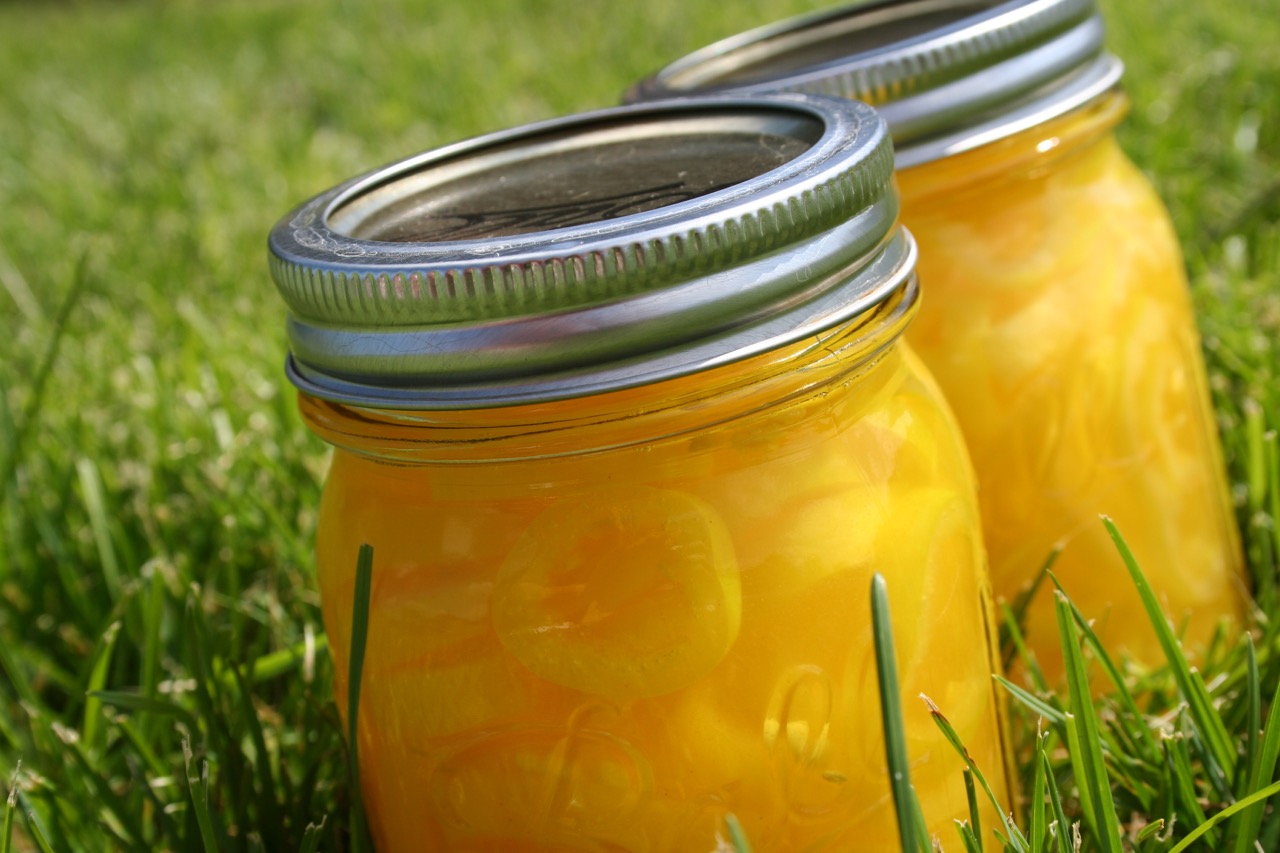
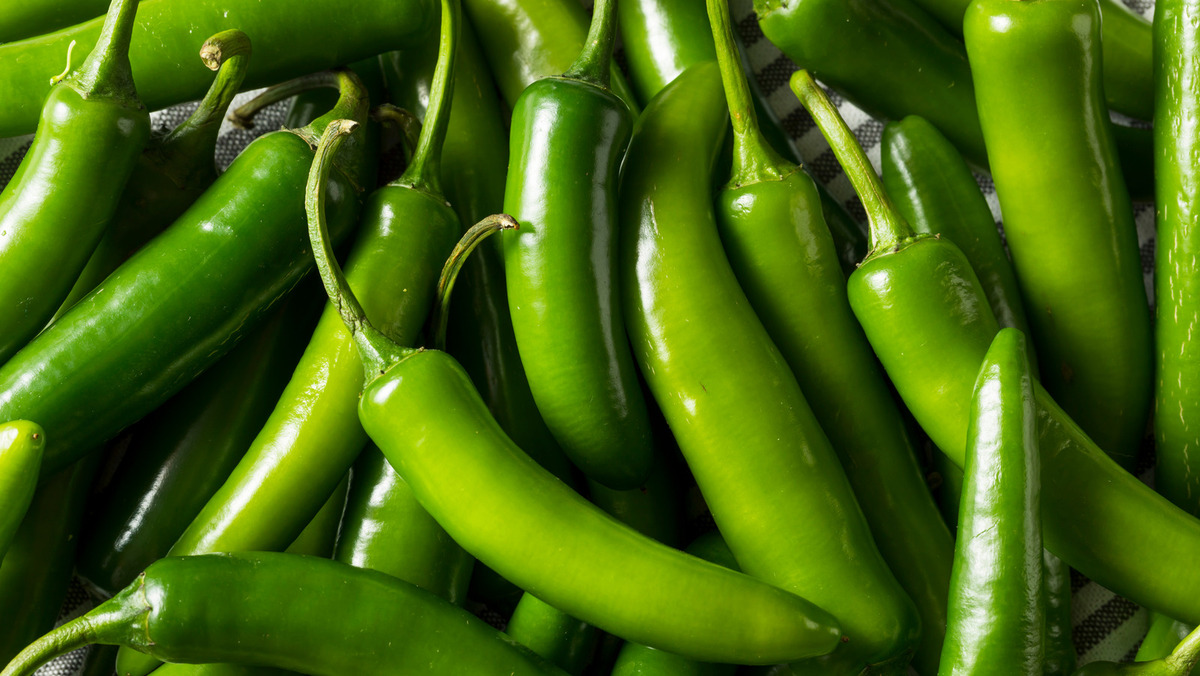
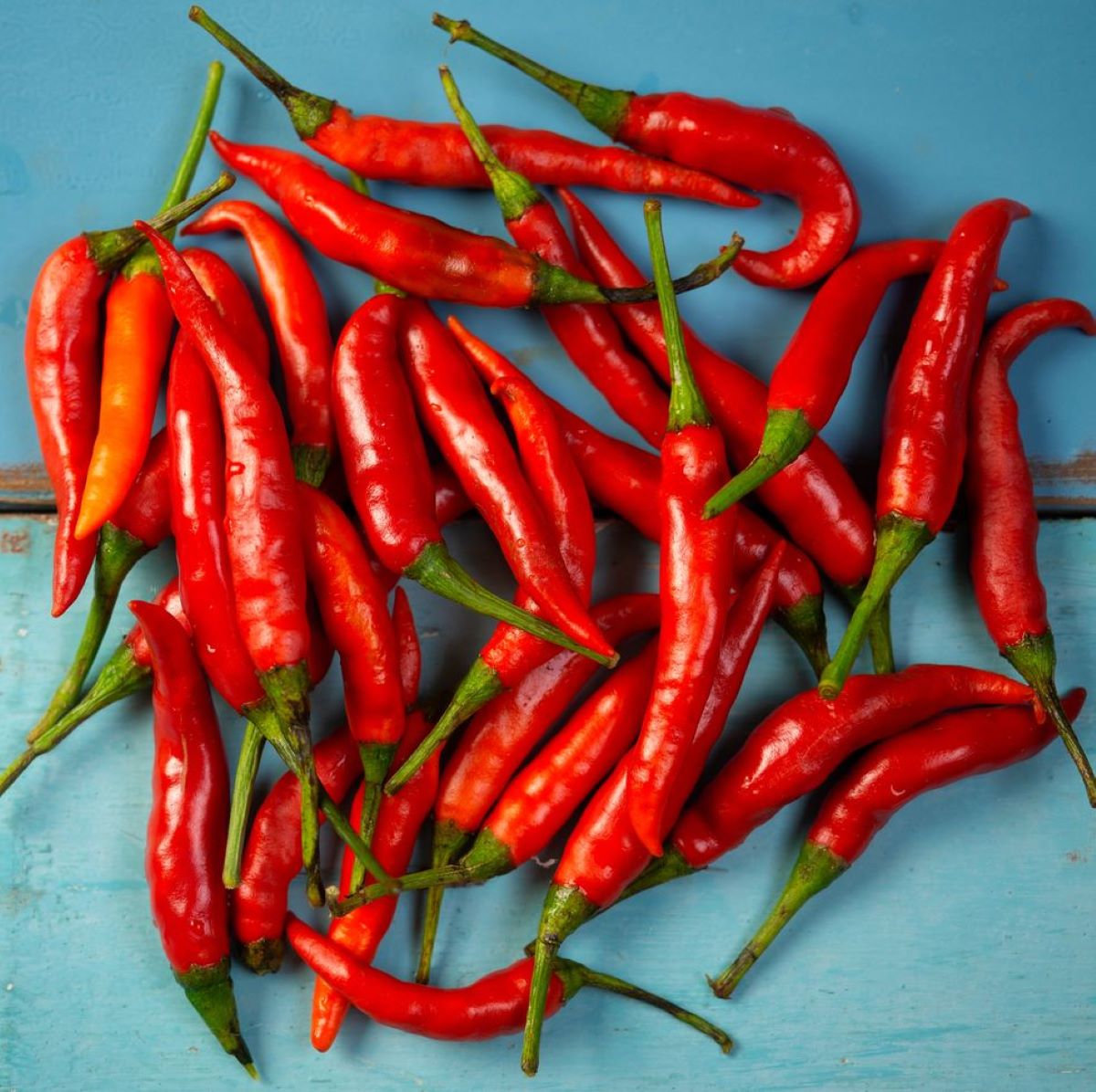
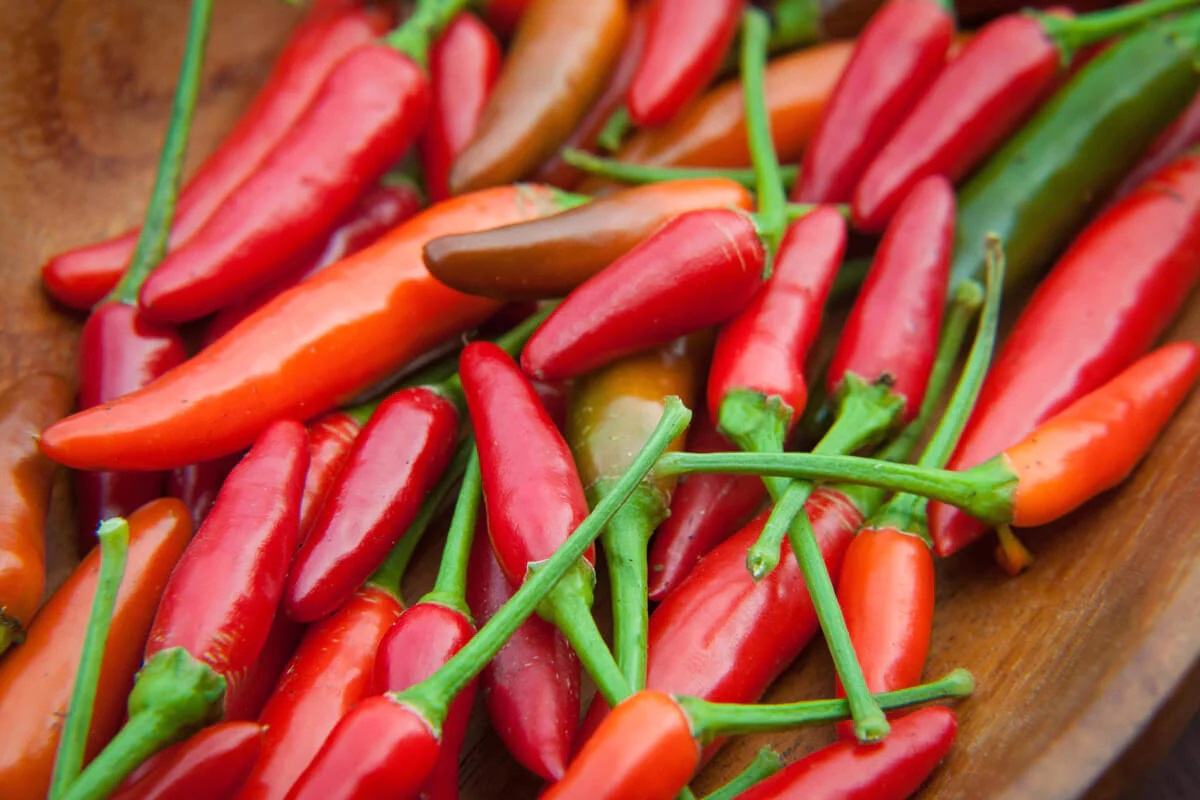
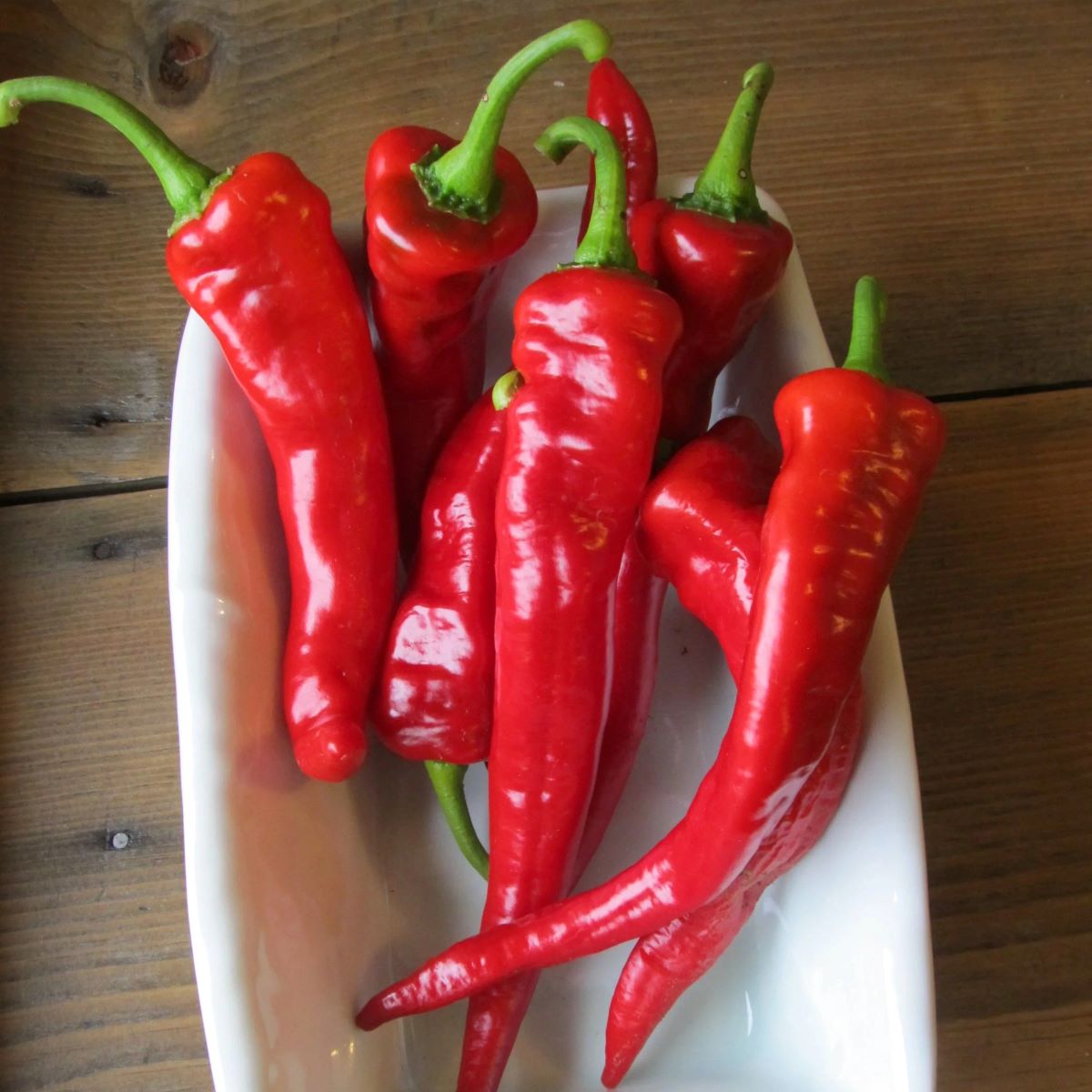









0 thoughts on “How To Store Hot Peppers Long Term”